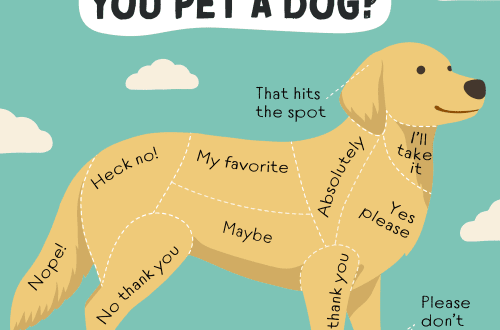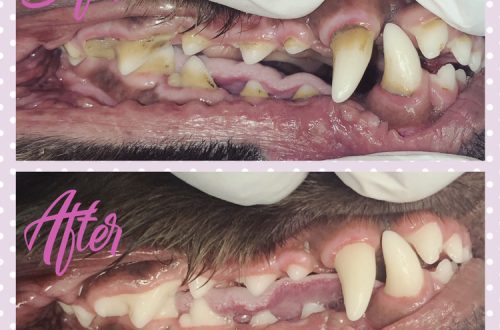
کتوں میں ایپی جینیٹکس اور طرز عمل کے مسائل
Speaking about the problems of dog behavior, about congenital and acquired, it is impossible not to mention such a thing as epigenetics.
تصویر کھنچوانا: گوگل کے ساتھ۔
مواد
Why is genomic research in dogs important?
The dog is a very interesting subject for genomic research, because it is larger than a mouse, moreover, more than a mouse or a rat, it looks like a person. But still, this is not a person, which means that you can draw lines and conduct control crossings, and then draw analogies with a person.
Sofya Baskina at the conference “Pet’s Behavior – 2018” mentioned that today about 360 identical genetic diseases of a dog and a person are known, but every day there are new research results that prove that there is more in common between us and our pets than it might seem on the surface. first glance.
The genome is huge – it has 2,5 billion base pairs. Therefore, in its study, many errors are possible. The genome is an encyclopedia of your entire life, where each gene is responsible for a certain protein. And each gene consists of many pairs of nucleotides. DNA strands are tightly packed into chromosomes.
There are genes that we need at the moment, and there are those that we do not need right now. And they are, as it were, stored in a “preserved form” until the right moment in order to manifest themselves under certain conditions.
Epigenetics determines which genes are now “read” and affect, among other things, the behavior of dogs. Of course, epigenetics doesn’t just apply to dogs.
An example of the “work” of epigenetics can be the problem of obesity in humans. When a person experiences severe hunger, certain genes associated with metabolism “wake up” in him, the purpose of which is to accumulate everything that enters the body and not die of hunger. These genes work for 2-3 generations. And if the next generations don’t starve, those genes go to sleep again.
Such “sleeping” and “waking up” genes is something that was very difficult for geneticists to “catch” and explain until they discovered epigenetics.
The same applies, for example, to stress in animals. If a dog is going through a very severe stress, its body, in order to adapt to new conditions, begins to work differently, and these changes persist for the life of 1-2 next generations. So if we investigate a behavioral problem that is a way to cope with an extremely stressful situation, it may turn out that this problem is inherited, but only in the coming generations.
All of this can complicate pedigree management if we are talking about some of the behavioral problems associated with experiencing severe stress. Is this an innate problem? Yes: the mechanism of how the body will cope with stress is already laid in the body, but it “sleeps” until it is “woken up” by some events from the outside. However, if the next two generations live in good conditions, the problem behavior will not manifest itself in the future.
This is important to know when you are choosing a puppy and studying the pedigrees of his parents. And competent and responsible breeders, knowing about epigenetics, can track what generations of dogs get experience and how this experience is reflected in their behavior.




تصویر کھنچوانا: گوگل کے ساتھ۔







